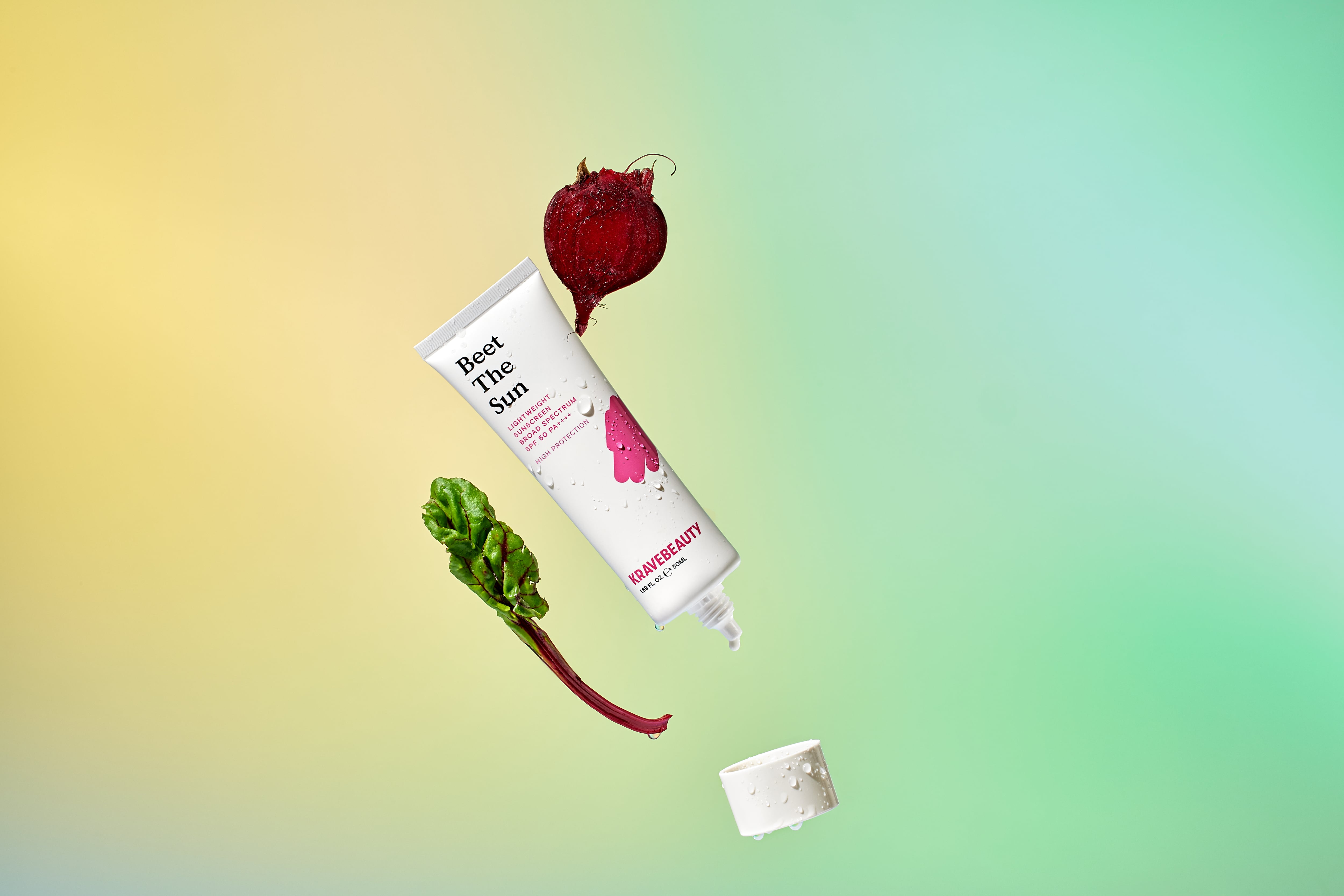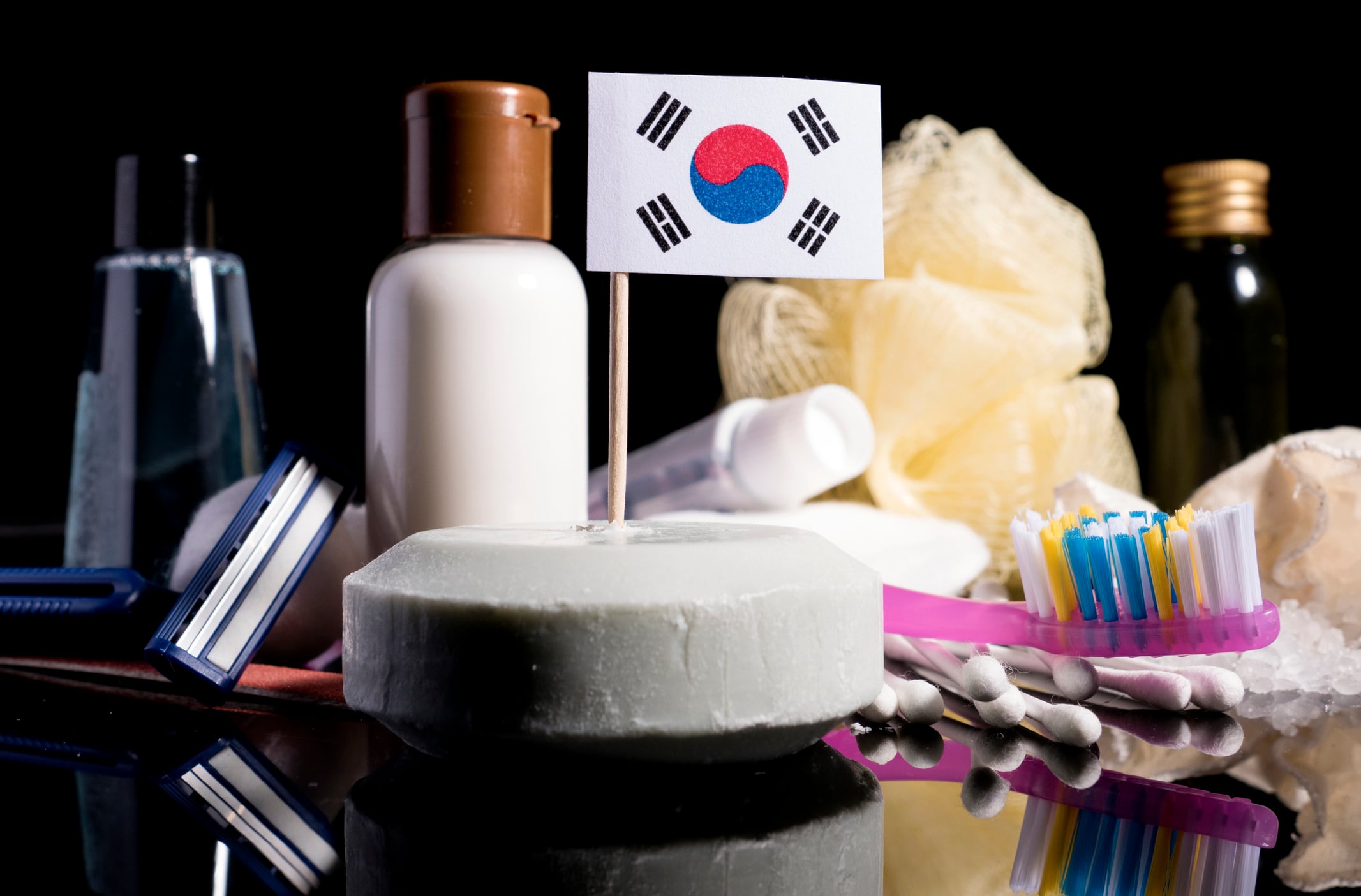While sunscreens are the talk of town in India following the recent courtroom battle between Honasa Consumer Ltd and Hindustan Unilever Ltd (HUL), the sun care category has been experiencing a significant boom in the market over the past five years.
In fact, sun care product launches in India have grown by over 20% between 2019 and 2024, according to Mintel’s Global New Product Database. This surge has been attributed to several key drivers.
These include increased awareness and education among Indian consumers about the harmful effects of ultraviolet (UV) exposure on skin health. The country’s tropical climate and high UV index have also heightened the demand for effective sun protection.
“Based on our research, 54% of Indians using sun care products more frequently cite concerns about sun damage as their primary motivation. Brands are actively engaging in awareness campaigns and educating consumers through social media platforms, which has elevated the importance of sunscreen in daily skin care routines,” Tanya Rajani, Associate Director of Beauty and Personal Care (India) at Mintel, told CosmeticsDesign-Asia.
At the same time, consumer demand for non-sticky and non-greasy products that enhance sensory experience has spurred innovation for new product formats and textures.
“The sun care category in India is witnessing a shift from traditional lotion and cream formats to newer textures and formats. Specifically, Mintel’s data shows that lotion and cream formats have seen significant declines of 74% and 50% respectively in the past five years.
“In contrast, there has been a notable rise in the introduction of new textures like gel and jelly, along with formats such as sticks, sprays, and mists.”
The growth of online retail channels, such as e-commerce, has also made sun care products more accessible, particularly in Tier II and Tier III cities.
Furthermore, increased urbanisation, rising disposable incomes, and a focus on personal grooming have contributed to the adoption of these products.
Sunscreen saga
Honasa is the parent company of various beauty and personal care brands, including Mamaearth, Aqualogica, and The Derma Co.
In April, Honasa filed a lawsuit against HUL, alleging that the latter’s new Lakmé sunscreen advertisement campaign damages the credibility of its product.
The campaign, launched with the hashtag #LakmēSPF50Truth100, claimed that an online bestseller sunscreen marketed as SPF50 actually offers much lower protection. While the ad does not name any brand, it features sunscreen bottles that closely resemble those of The Derma Co’s products.
HUL then responded with a countersuit, escalating the matter into a full-scale legal dispute.
Both companies have since reached an amicable resolution. As part of the settlement, HUL agreed to change the colour of the sunscreen shown in its ad to a light yellow shade, replace the phrase “online bestseller” with “some sellers”, and remove the ad from online and outdoor platforms.
Points of differentiation
Despite the growth of the sun care category, a 2024 Mintel report found that only 21% of Indian sunscreen users prioritise SPF levels in their purchasing decisions, while price, skin care benefits, and skin-friendly ingredients have significantly greater influence.
“There is a need for brands to invest in consumer education. Clear communication about the importance of SPF, how to choose the right product, and the need for regular application can help consumers make informed decisions. Educational campaigns can also address common misconceptions and promote the integration of sunscreen into daily routines.
“In addition, brands can promote the use of broad-spectrum sunscreens by highlighting the risks of visible light and infrared. There is also potential for complementing topical sunscreens with oral photoprotection supplements, although further evidence is needed to support their use,” Rajani said.
Nevertheless, with eight in 10 products now boasting SPF50, it has brought on a new challenge — brand differentiation.
“In a market where only a small fraction of users truly understand or prioritise SPF levels, this oversupply of similar claims risks making sunscreens feel interchangeable. Without clear points of distinction, brands may face increased price-based switching and eroded loyalty.”
To stand out from the competition, it is necessary for brands to “go beyond the number”.
For instance, there is opportunity in developing differentiated sunscreen formulations that provide skin-enhancing benefits, such as those tackling acne or fine lines.
“Consumer research reveals that incorporating skin care benefits can appeal to 64% of respondents. Sun care users want products that not only protect against UV rays but also enhance skin health through these additional benefits. This signals that the skinification trend in sun care is poised for further growth.
“Globally, including India, half of sunscreen launches are integrating moisturising claims as a one-step solution for hydration and protection, which targets the growing demand for multifunctional products.”
Additionally, textures associated with a sticky and greasy sensation and formulas that leave a white cast, are common barriers to usage.
“Twenty-four per cent of older Millennials said that they don’t use cream-based sun care that leaves a white cast. This underscores the importance of sensory appeal. Brands can innovate with cooling sensations as well as new textures like water that offer a superior lightweight feel.”
As Indian consumers have an increasing tendency to read and understand product labels, reviews, certifications, and ingredient transparency would play a bigger role.
“With Indian consumers becoming more discerning, informed and quality-conscious, the emphasis on testing credentials and transparency will not only drive purchasing decisions, but also shape the future of the sun care industry in the market.”





